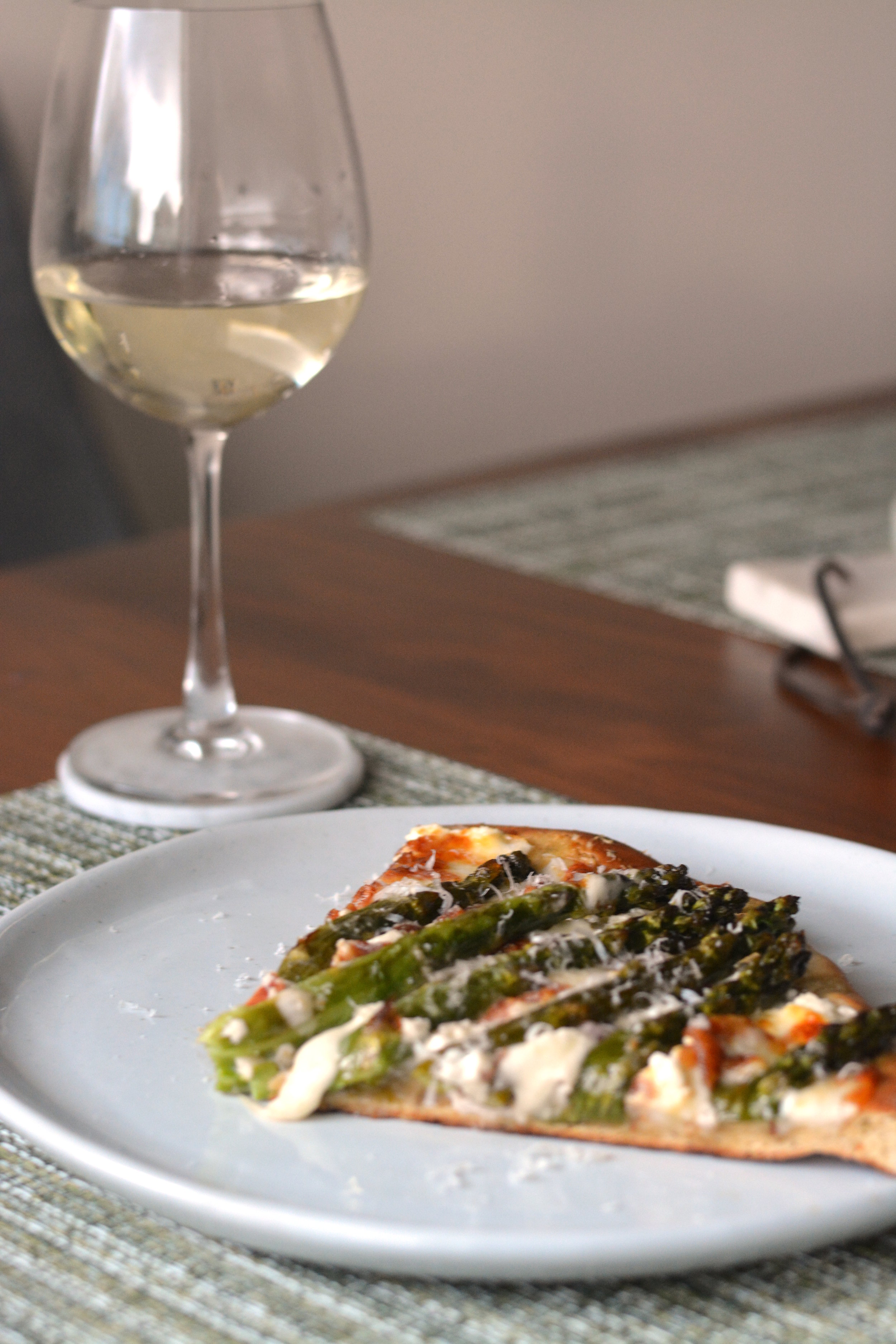“Passive happiness is slack and insipid, and soon grows mawkish and intolerable. Some austerity and wintry negativity, some roughness, danger, stringency, and effort, some 'no! no!' must be mixed in, to produce the sense of existence with character and texture and power.”
-William James
When I moved to Seattle, I was excited to set down roots. I felt invigorated by the idea that this place, which had been a daydream for so long, was about to become home. But when I arrived, it quickly became apparent that I didn’t know how to settle myself. I didn’t know how to stop moving, to enjoy what was in front of me and to stop constantly thinking about what the next step will look like. Allowing myself to feel “content” was more claustrophobic than I could have ever predicted.
It was a slow process to find my routines and to simply let myself be in the day-to-day humdrum, but I got there. And now, four years later, I look back and wonder where the time has gone. Wasn’t it just a few months ago that I barged into my new apartment, unpacked all of my stuff, and rearranged the entire kitchen? Lindsey couldn’t find anything for weeks, but it all made sense to me, and soon we found a rhythm to living together.
I now realize that in my effort to feel and be home, I was giving myself permission to coast for awhile. There is no part of me that regrets it, but I never intended for that coasting to go on for so long. I found myself on a career path that was not entirely of my choosing, but one that made sense for me in the moment. I found that my choices were less and less reflective of what I wanted and about who I wanted to be and were more about what was logical. In the same way I went to graduate school because academia was always something I was decent at and I didn't know what else to do, I was staying in fundraising because it was a career where I otherwise had no clue what I wanted to do.
That realization hit me hard. And I decided that even if I didn't know what the next move was going to be exactly, I was going to start exploring my options. After leaving my nonprofit job for an entirely new venture in one of the largest companies in the world, I decided I wanted to do the same exploration in my personal life. I needed to be filling my time with new activities, new people to get to know, if I ever wanted to get out of the funk that had consumed me. I don't know where any of this will take me in the long haul, but that's okay. I don't think anyone ever really does.
Some of the best advice I've ever received, or at least the advice that has stuck with me the longest, came from my old religion adviser during undergrad. She told me to think about someone whose life I wanted to have for myself and learn what they did to get there. Of course, the type of life I want now is drastically different from what I wanted then, but I realize that is just part of the learning curve. We don't know until we try. In the same vein, Ashley Rodriguez, creator of the fabulous Not Without Salt, told me during a food photography workshop once that the best way to learn about taking photos is to try and mimic someone else's style. Reverse engineering is in and of itself a personal creative process. We don't need to be scared about making something our own, but sometimes we do need a foundation from which to learn and grow. There is no reason to feel guilty for this.
So I come here, as I always do, with what feel like stronger and more stringent convictions to push myself out of my comfort zone. To learn to once again feel comfortable in the fringes and to remember that I do have skills to rely on. I won't always succeed, but at least I will know I am trying my best.
Today, I leave you with a recipe from Ashley herself. This is my attempt to reverse engineer some of her photographs. I didn't do much to change the recipe, but instead tried to focus on her aesthetic: food as it is, both as ingredient and as dish, often filled with texture, and leaving you with a feeling of, “yes I ate that, and you can too”.
You can find Ashley's original post here—and trust me, it is delicious. My only suggestion is to perhaps use a vegetable peeler or mandolin to turn the asparagus into ribbons to adorn the pizza. In their whole state, they make this a knife and fork type pizza. In the coming weeks, I hope to be back with more delights and more ways I've pushed myself to different limits. As fall begins, the desire to cook always increases ten-fold. But alas, we begin the battle of the gray and dark days without much natural light. I welcome the challenge!







